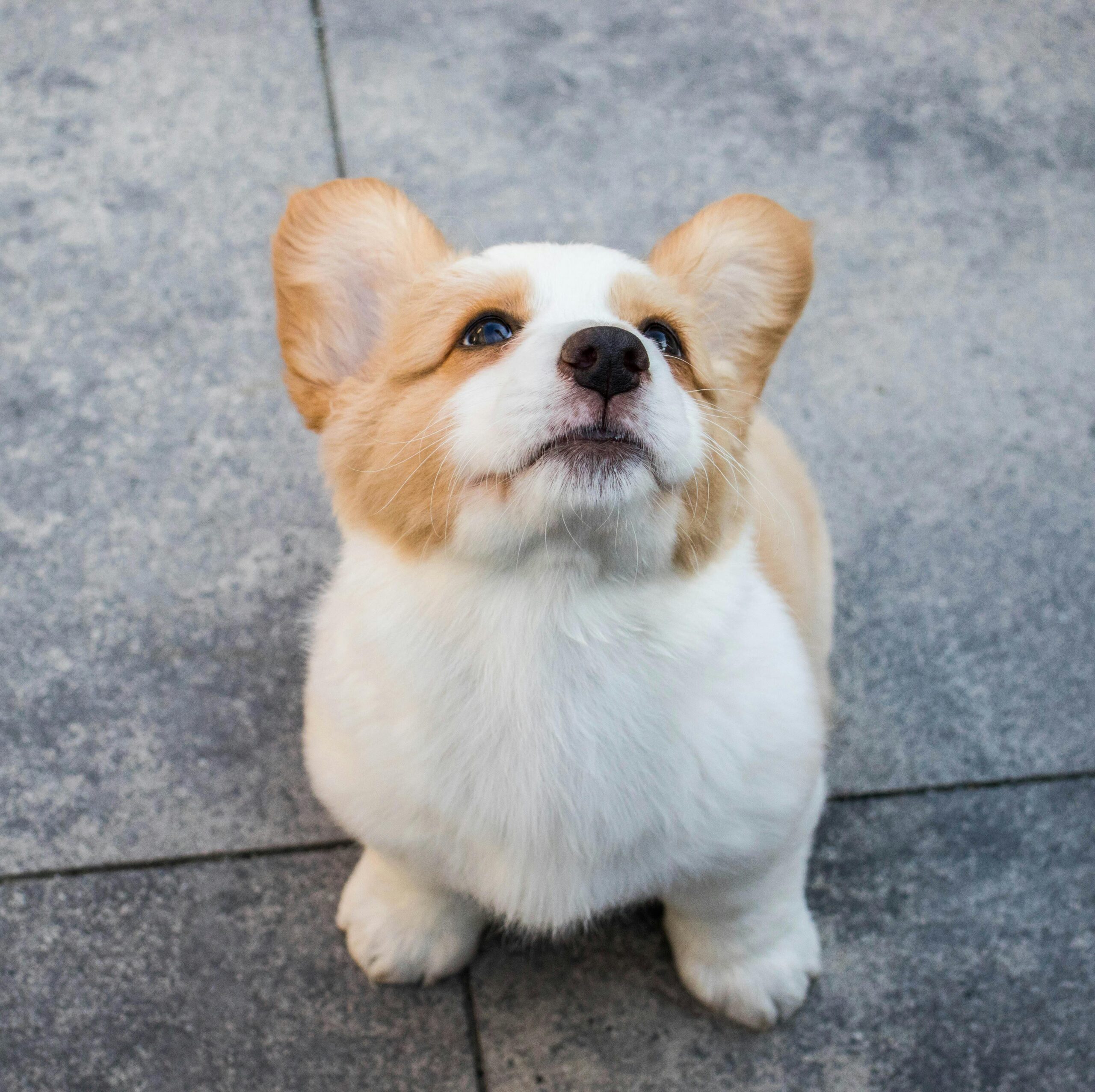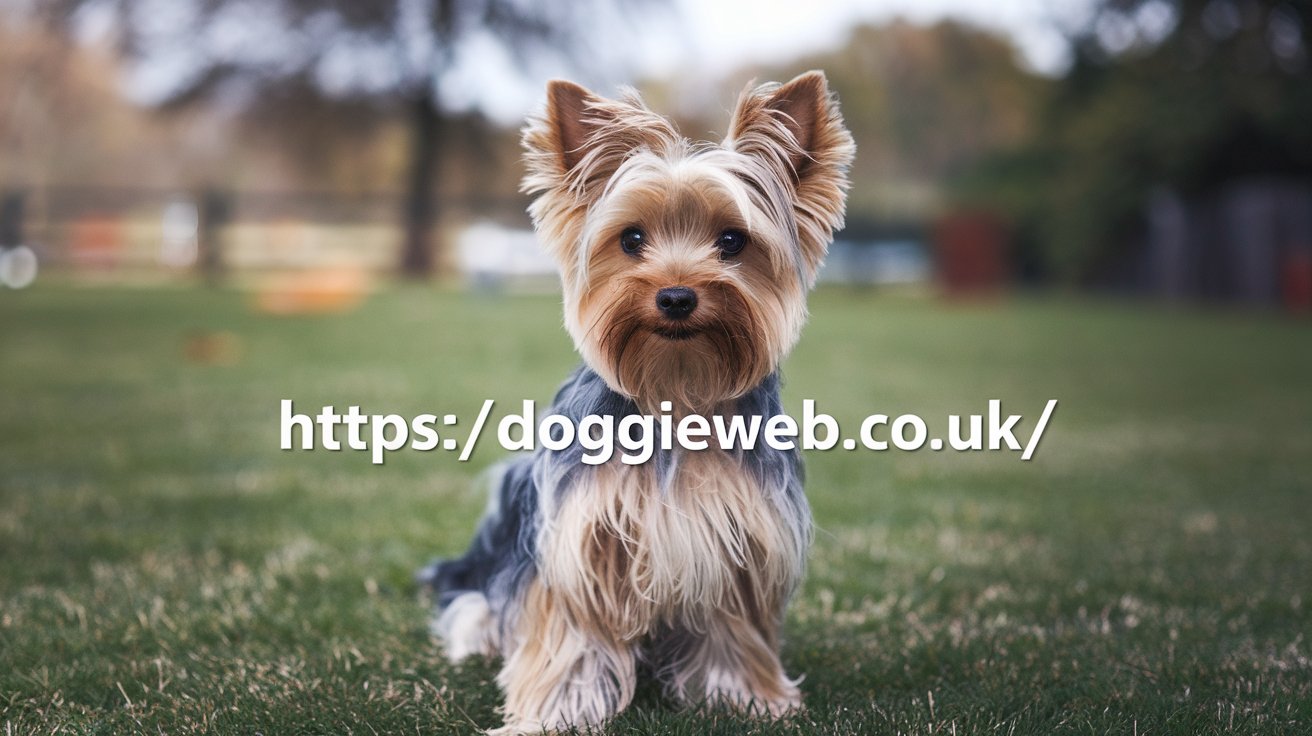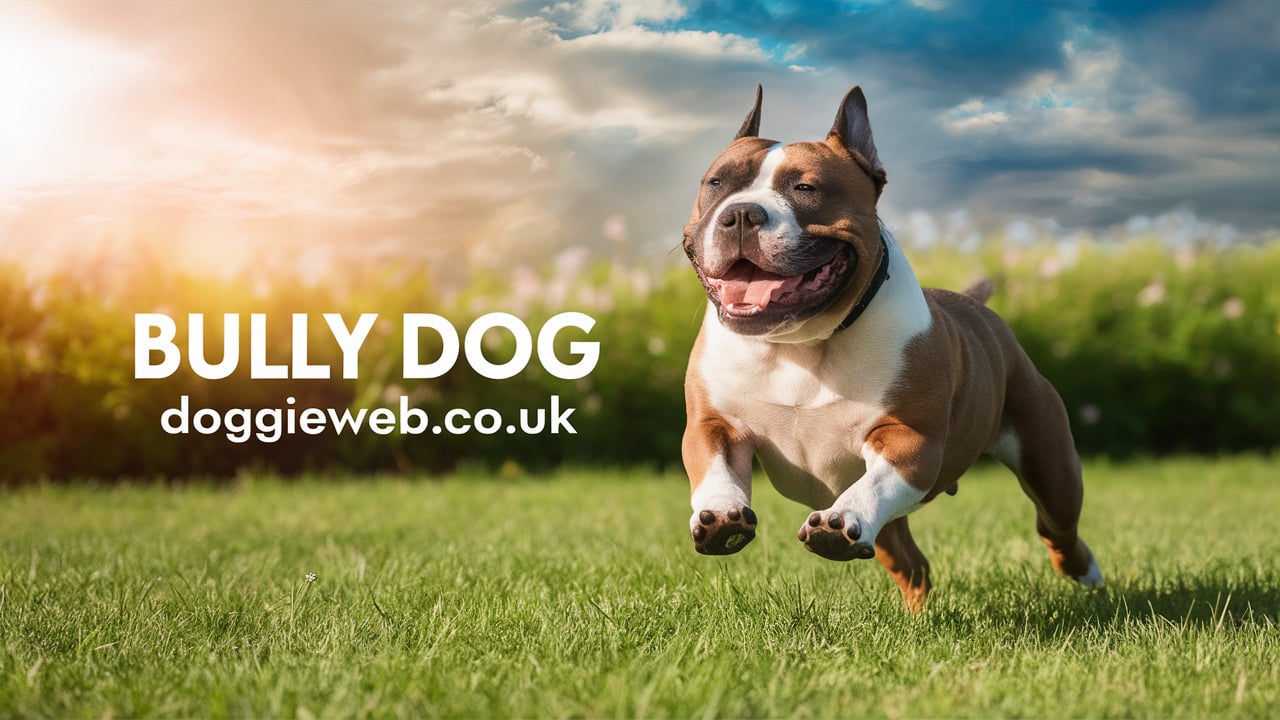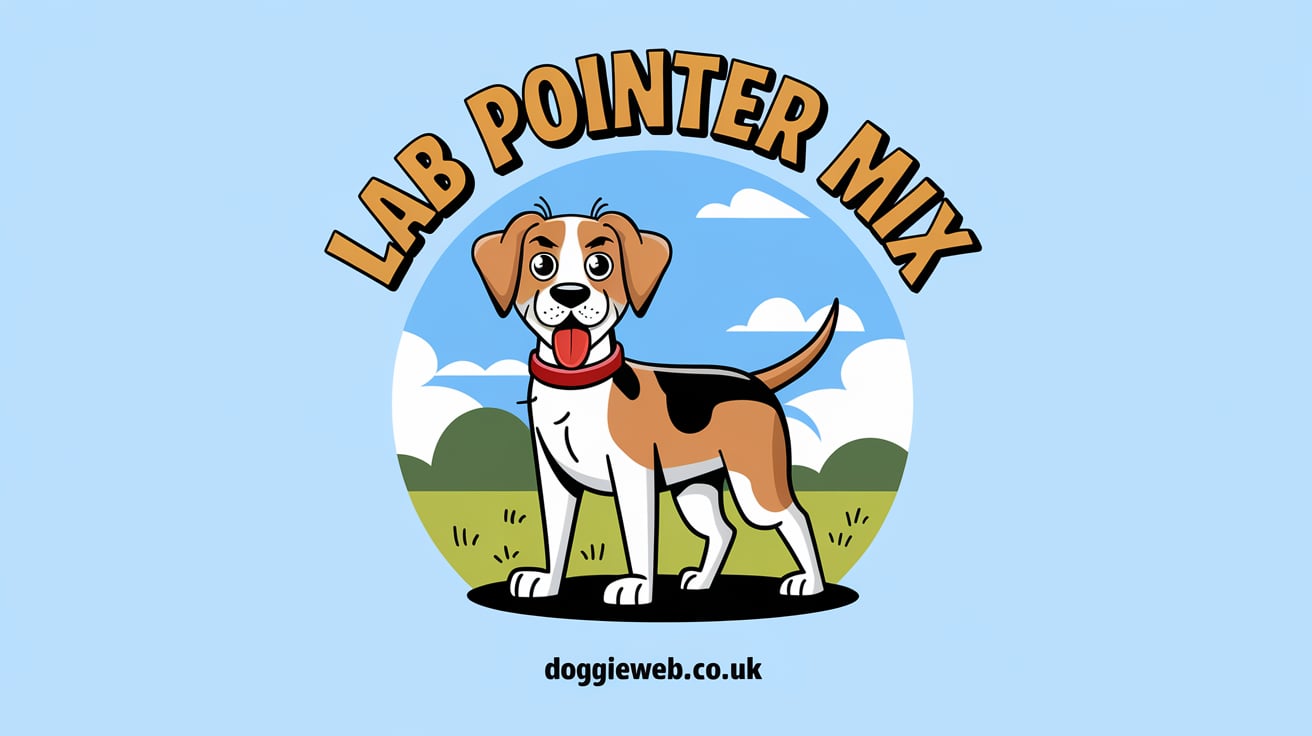
Introduction
The Rhodesian Ridgeback is a perfect breed, acknowledged for its one-of-a-kind ridge of hair that goes for walks alongside its once more dependable, shielding nature. Originally bred in Southern Africa to seek lions, the Rhodesian Ridgeback has advanced into an appreciated family puppy and bendy operating dog. This article dives into the records, attributes, care, and preparation of the Rhodesian Ridgeback, giving an in-power trial of this particular and captivating variety.
History of the Rhodesian Ridgeback
Starting points in Southern Africa
The Rhodesian Ridgeback underlying foundations might be followed to the mid-sixteenth century when European pilgrims arrived in Southern Africa. These pilgrims conveyed canine varieties, including Greyhounds, Hunting dogs, and Incredible Danes. To increase a breed capable of looking at the massive game within the harsh African environment, those puppies have been bred with the semi-wild searching dogs of the Khoikhoi human beings, mentioned for their unique ridged backs.
The Creation of the Breed
In the overdue nineteenth century, a hunter named Cornelius van Rooyen made a significant characteristic in shaping the Rhodesian Ridgeback as we comprehend it in recent times. Van Rooyen, who was based in Rhodesia (now Zimbabwe), sought to create a dog that could withstand the intense situations of the African bush, guard homesteads, and hunt lions. By selectively breeding the ridged Khoikhoi puppies with diverse European breeds, van Rooyen evolved a robust, flexible, and fearless-looking canine—the Rhodesian Ridgeback.
Recognition and Standardization
The variety won standing in the mid-20th century, and in 1922, a famous variety was set up using the African Pet Hotel Association method. The Rhodesian Ridgeback developed to be officially recognised, utilising the American Pet Hotel Club (AKC) in 1955. Today, variety is generally perceived as best for its looking ability and dependability, knowledge, and appearance.
Physical Characteristics
The Distinctive Ridge
The Rhodesian Ridgeback most extraordinary feature is the ridge of hair, which grows contrary to the rest of the coat, alongside its decreased return. This ridge, fashioned by symmetrical whorls or crowns, runs from the back of the shoulders to the hips. The ridge is a defining function of the breed and a testament to its ancient African past.
Size and Build
The Rhodesian Ridgeback is a vast and muscular dog, with men usually popular among 25 to 27 inches on the shoulder and weighing 80 five to one hundred pounds. Females are barely smaller, reputed to be 24 to 26 inches tall and weigh 70 to 85 pounds. The breed has a nicely balanced, athletic assemble, deep chest, robust legs, and a powerful, swish stride.
Coat and Color
The Ridgeback’s coat is brief, dense, and clean, providing safety from the elements. The breed’s colour ranges from slight wheaten to crimson wheaten, with variations in shading and minimal white markings on the chest and feet. The coat requires minimum grooming, making the Rhodesian Ridgeback a rather low-renovation breed regarding grooming desires.
Temperament and Personality
Loyal and Protective
Rhodesian Ridgebacks are perceived for their steadfast faithfulness and safeguarding impulses. They structure durable bonds with their families and are frequently saved or reserved with outsiders. This breed’s herbal guarding dispositions make it a first-rate watchdog, though it is not generally aggressive without provocation. Ridgebacks are dedicated to their households and can be incredibly defensive of youngsters.
Intelligent and Independent
The Rhodesian Ridgeback is a clever and unbiased truth seeker. This combination of tendencies may want to make education both profitable and hard. While they are brief green folks, Ridgebacks can also be cussed and may require consistent, exceptional reinforcement training strategies. Early socialisation and education are essential to ensure they grow to be well-behaved and nicely-adjusted adults.
Energetic and Playful
Despite their extreme disposition, Rhodesian Ridgebacks have an energetic and enthusiastic side. They require regular activity to keep them genuinely and intellectually animated. Exercises like walking, climbing, and playing are great methods to keep a Ridgeback fulfilled and solid. With adequate activity, they can become energised and possibly antagonistic.
Care and Upkeep
Diet and Nourishment
A healthy eating regimen is essential for maintaining the well-being and prosperity of a Rhodesian Ridgeback. High-very business canine dinners for monster breeds give vital supplements to direct their dynamic ways of life. It’s crucial to screen their weight and change their food intake to forestall weight issues, which could cause serious wellness issues.
Practice Prerequisites
Rhodesian Ridgebacks are a functioning variety that requires a fiery regular exercise schedule. Preferably, they should consistently have an hour of dynamic interest. This includes walks, runs, playtime in a steady yard, and mentally stimulating video games. Regular exercise prevents behavioural problems and keeps the canine in shape.
Grooming
The Rhodesian Ridgeback quick coat requires minimal grooming. Weekly brushing with a rubber curry brush or hound glove removes loose hair and keeps the coat colourful. Bathing should be performed as needed, typically every few months or when the canine is dirty. Regular dental care, ear cleansing, and nail filing are also essential elements of grooming every day.
Health Considerations
Rhodesian Ridgebacks are, by and large, solid canines; be that as it may, similar to a few varieties, they are in danger of specific wellness conditions. Dependable raisers show their rearing stock for everyday issues, including hip dysplasia, elbow dysplasia, and thyroid issues. Ordinary veterinary test-ups, a reasonable eating routine, and legitimate activity can assist with maintaining a Rhodesian Ridgeback wellbeing and strength.
Preparing and Socialization
Early Socialization
Early socialisation is pivotal for Rhodesian Ridgebacks to develop into balanced grown-ups. I introduce them to many people, creatures, and conditions early to forestall dreadfulness and hostility. Doggy socialisation guidelines and oversaw playdates with different pups are fabulous ways to deal with get-togethers.
Uplifting feedback Preparing
Rhodesian Ridgebacks respond well to support super preparing procedures, which incorporate compensating their most loved behaviour with treats, applause, or play. Consistency and fortitude are critical, as Ridgebacks might be impartial and incidentally challenging. Avoid brutal training systems, as they could cause dreadfulness and subvert the connection between the canine and the owner.
High-level Preparation and Exercises
Because of their knowledge and actual abilities, Rhodesian Ridgebacks succeed in different canine games past major acquiescence. Dexterity, trap flow, and observation are essential to keeping a Ridgeback drawn in and providing more highbrow and substantial excitement. High-level preparation can reinforce the connection between the canine and the owner and provide a considerable source for the canine’s power and impulses.
Living with a Rhodesian Ridgeback
Suitable Living Arrangements
Rhodesian Ridgebacks can adapt to diverse living conditions, provided they get sufficient exercise and highbrow stimulation. They thrive in homes with massive, securely fenced yards where they may run and play. While they can live in houses, extensive dedication from the proprietor is needed to ensure they get sufficient exercise.
Interaction with Children and Other Pets
Rhodesian Ridgebacks are generally acceptable to youngsters, mainly if raised together. However, because of their length and strength, supervision is vital to save you from unintentional accidents during play. They also can coexist with unique pets, particularly if they may be added at a more youthful age. Proper socialisation and schooling are essential to harmonious relationships with different animals.
Common Behavioral Issues and Solutions
Like any breed, Rhodesian Ridgebacks can develop behavioural troubles if they are not professional and socialised. Common problems include:
- Separation Anxiety: Ridgebacks shape robust bonds with their families and can emerge as aggravating while left alone for prolonged durations. Gradual desensitisation and imparting stimulating toys can help alleviate this anxiety.
- Destructive Behavior: Without sufficient exercise and intellectual stimulation, Ridgebacks can become bored and engage in unfavourable behaviours, such as chewing and digging. Regular exercise and interactive toys can help prevent this.
- Aggression: While usually not competitive, improper socialisation or education can result in fear-primarily based definitely aggression. Early and ongoing socialisation and quality reinforcement schooling are essential to prevent this.
The Role of the Rhodesian Ridgeback in Modern Society
Working Roles
Beyond being loved by a circle of relatives and pets, Rhodesian Ridgebacks excel in various walking roles. Their eager revel in scent, intelligence, and patience motivates them to take appropriate roles, including search and rescue, tracking, and detection paintings. Moreover, their shielding nature and loyalty make them fantastic candidates for remedy and service dog roles.
Companionship
The primary function of the Rhodesian Ridgeback in contemporary society is that of a faithful and loving companion. Their affectionate nature and protective instincts make them an ideal circle of relatives and pets. They form deep bonds with their families and are identified for their mild and affected character demeanour with children.
Participation in Dog Sports
Rhodesian Ridgebacks flourish in various canine game exercises, giving them a remarkable outlet for energy and knowledge. Exercises such as skill, bait flowing, submission, and rally are notable choices for Ridgeback owners. These game exercises save the canine’s shape and reinforce the connection between the dog and the owner through collaboration and correspondence.
The Fate of the Rhodesian Ridgeback
Safeguarding Breed Norms
As the Rhodesian Ridgeback recognition continues to expand, keeping up with the variety’s norms and traits is significant. Mindful rearing practices, adherence to multiplication necessities, and progressing preparation about the variety are vital to maintaining the Rhodesian Ridgeback wellness and respectability.
Advancing Capable Possession
The ability to instruct proprietors about the obligations and responsibilities of possessing a Rhodesian Ridgeback is imperative. Imminent proprietors should capture the variety’s exercise, schooling, and socialisation to guarantee they can offer a reasonable homegrown. By advancing mindful proprietorship, we can ensure that Rhodesian Ridgebacks flourish in cherishing and steady conditions.
Tending to Wellbeing Concerns
Ongoing research and improvements in veterinary care are essential to addressing and mitigating common fitness issues within the breed. Genetic testing, regular health screenings, and accountable breeding practices can help reduce the occurrence of hereditary situations and enhance the Rhodesian Ridgeback overall fitness and toughness.
Conclusion
The Rhodesian Ridgeback is a genuinely high-quality breed, regarded for its outstanding ridge, dependable nature, and flexible talents. From its origins as a lion hunter in Southern Africa to its function as a cherished family partner, the Ridgeback has captured the hearts of dog fanatics globally. Understanding the statistics, trends, care, and schooling of the Rhodesian Ridgeback is crucial for all, as well as sundry thinking about this majestic breed for their own family. With the proper care, training, and socialisation, the Rhodesian Ridgeback can be a devoted, loving, and protective accomplice for many years.










